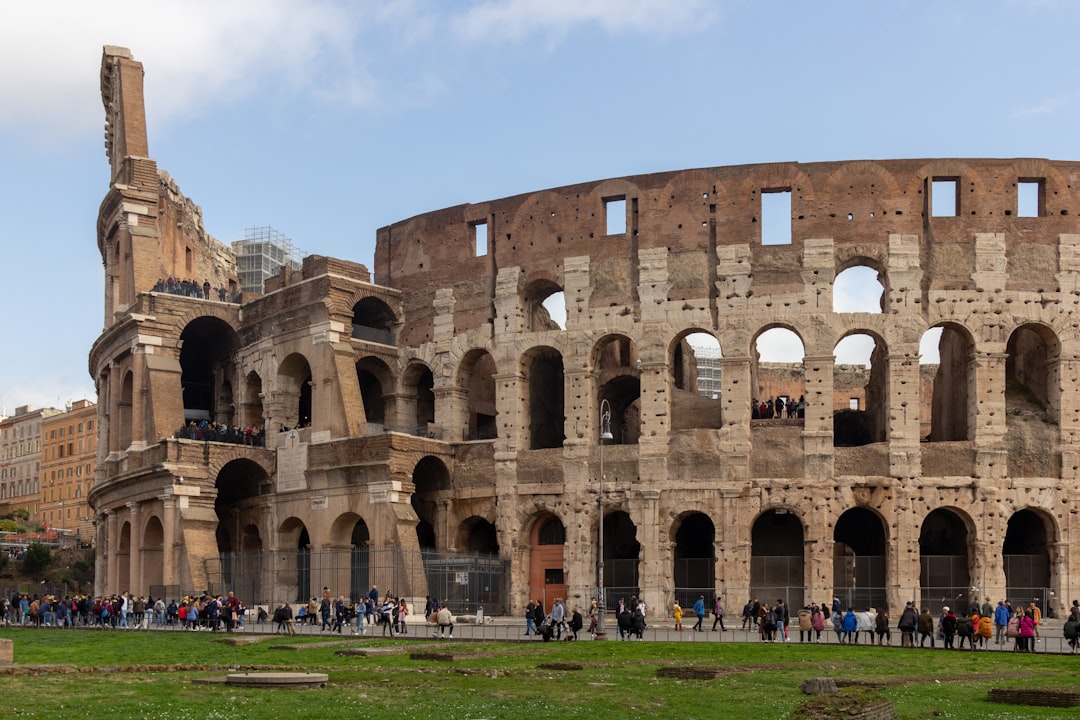
Monuments to Visit During Festivals: A Cultural Odyssey
## Introduction. Festivals around the world are vibrant celebrations that bring communities together, showcasing their unique cultural roots, and often featuring remarkable monuments that reflect the history and heritage of their locations. Visiting these monuments during festive periods can greatly enhance your experience, allowing you not only to appreciate the artistry and architecture but also to engage with the lively festivities associated with them. This blog post explores some of the world’s most iconic monuments that are particularly noteworthy during specific festivals, providing visitors with a rich tapestry of history, culture, and celebration. ## 1. The Eiffel Tower During Bastille Day, France. The Eiffel Tower, an iconic symbol of Paris, is more than just a magnificent piece of architecture; it serves as a focal point during France's Bastille Day celebrations on July 14. The day commemorates the storming of the Bastille prison in 1789, marking the start of the French Revolution. As part of the festivities, the Eiffel Tower is often adorned with dazzling fireworks that light up the Parisian sky, attracting thousands of spectators. Visitors can also enjoy a lively atmosphere with concerts, parades, and an open-air dance party near the Seine River, making it an unforgettable experience for tourists and locals alike. ## 2. The Great Wall of China During the Mid-Autumn Festival. The Great Wall of China is an extraordinary architectural feat, showcasing the ingenuity and resilience of ancient construction. During the Mid-Autumn Festival, which falls in late September or October, the monument takes on a mystical aura as families gather to celebrate the harvest moon. While traditionally celebrated in homes with mooncakes and lanterns, many choose to ascend the Wall to participate in the festivities. Participants often light lanterns atop the Wall, creating a breathtaking sight against the backdrop of the full moon. The blend of history and celebration makes this time especially poignant for any traveler. ## 3. Machu Picchu During Inti Raymi. Machu Picchu stands as a testament to the Inca civilization, and visiting it during the Inti Raymi Festival reveals the spiritual significance of this monumental site. Taking place in late June, Inti Raymi is a traditional Incan festival celebrating the Sun God. It features elaborate ceremonies that include colorful costumes, music, and dance that depict ancient customs. Visitors often gather at the Sun Temple in Machu Picchu to witness reenactments and offerings, basking in the historic atmosphere while learning about Incan heritage intimately. This is more than just a visit; it becomes a deeply immersive cultural experience. ## 4. The Acropolis During the Athens Epidaurus Festival. The Acropolis, a symbol of Ancient Greece, becomes a hub of artistic expression during the Athens Epidaurus Festival, showcasing performances that breathe new life into ancient dramas. Taking place from June to August, the festival features plays and concerts within the grounds of the Acropolis and the ancient theater of Epidaurus, which is known for its remarkable acoustics. Visitors can enjoy breathtaking views of the Parthenon while experiencing performances based on Greek mythology, offering a unique journey through history and art. The festival transforms the monumental site into a living theater, resonating with the voices of the past. ## 5. The Colosseum During Notte dei Musei, Italy. The Colosseum, one of the most impressive ancient structures in the world, offers a unique experience during the annual Notte dei Musei (Night of Museums) celebrated in May. This event allows visitors to explore the iconic monument under the stars, offering guided tours that delve into its rich history and architectural significance. The festival emphasizes Italy's cultural heritage, while the ambiance created by candlelight and extraordinary performances makes for an enchanting evening. Travelers can enjoy art exhibits and performances throughout Rome, and visiting the Colosseum during this time gives a captivating glimpse of all that the city offers. ## Conclusion. The experience of visiting monuments during festivals provides travelers with unparalleled insights into local culture and tradition. Whether you're watching fireworks illuminate the Eiffel Tower, lighting lanterns on the Great Wall, or reliving ancient rituals at Machu Picchu, each moment is enriched by the spirit of celebration. These monuments, steeped in history, become vibrant stages for cultural exchanges, drawing us into the heart of the community and making our travels more meaningful. So pack your bags and plan to visit these monumental sites during their respective festivals, to embrace the essence of culture while journeying through history. .








